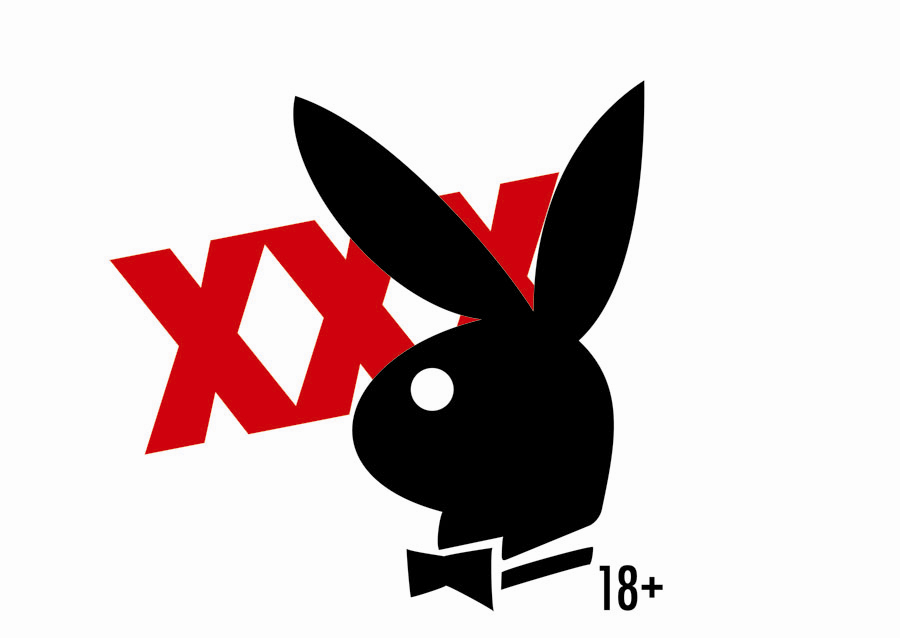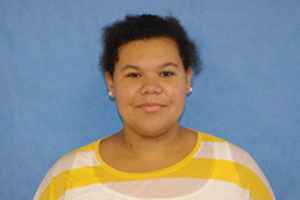In middle school health classes, when the topic turns to sex education, there’s a clear divide between genders as to how they deal with their own questions, Bedford Middle School health teacher Joanne Rogers, said.
“I find that boys are more eager to answer or ask questions during large-group activities,” Rogers said, “while girls seek out information privately.”
The experiences Rogers described reflects a discrepancy between genders and their sense of themselves sexually. It’s the same discrepancy that appears when the two genders talk about pornography, its appeal, and whether there’s a social stigma surrounding consumption of pornography. According to a 2008 University of New Hampshire study, 93 percent of boys have been exposed to online pornography before the age of 18, compared to only 62 percent of girls by that age. Multiple interviews with Staples students suggested a similar dynamic in Westport.
For example, all female students interviewed said that they wouldn’t find it strange to overhear male classmates talk about pornography.
“Honestly, I wouldn’t be weirded out,” Lauren Weinberger ’13 said. “They’re guys.”
Myelle Lansat ’14 said she’s become so accustomed to overhearing such conversation that she’s learned to distract herself when it happens by “usually just ignoring it and focusing on what I’m doing at that moment.”
According to a May 2011 Psychology Today article, boys generally view porn as a form of entertainment and an alternate source of sexual education, whereas a majority of girls called the medium “repulsive.”
Some Staples girls specified that they would not be interested in video pornography because it so often shows scenes of male sexual dominance.
“Women are often really treated badly in porn, but it’s made to look like it’s OK,” Emily Nuzzo ’13 said.
An anonymous senior girl said she believes that the role of a woman in pornography is only to be used as a sexual object.
“In visual pornography, women are used and abused,” the senior girl said. “That’s why I prefer the written kind. It’s more equal, and it’s more romanticized.”
Nearly all male students interviewed said they’d feel differently if they were to overhear female classmates discussing pornography. As one anonymous junior boy put it, “My first thought would probably be, ‘What the hell?’”
Even when posed with the mere hypothetical situation of seeing a teenage girl reading “Fifty Shades of Grey,” Daniel Boyce ’14 said he’d be a bit put off.
“I would be sort of weirded out,” he said. “I think my first thoughts would be somewhere along the lines of, ‘Isn’t that a book for older ladies?’”
But what defines pornography? Most interviewed agreed that it’s difficult to establish a universal definition for the word. Twenty-five year Westport psychologist Robert Selverstone, Ph.D, developed the sexual education curriculum for Westport Public Schools in 1972. In a recent interview, he said he has trouble fitting the term into a single definition.
“‘Porn’ is a word that I believe is so fraught with emotional baggage and lack of clarity that it is of little use in conversation,” Selverstone said. “Fifty Shades of Grey,” for example, he said is “certainly erotic.”
Girls said they feel more comfortable reading books that are suggestive than watching pornography online.
“‘Fifty Shades of Grey’ is a book—so you’re not physically watching something,” Erica Stein ’13 said. “It’s more up to your imagination to picture what’s happening. I think talking about a book or erotic novel or what have you is more normal and acceptable.”
However it’s defined, and whatever the difference in perceptions between the genders, Brian Saunders ’14 said one’s decision to watch pornography is personal and shouldn’t be influenced by others.
“Porn is a form of art. Each and every student should be able to experience pleasure through such a media,” Saunders said. “It’s our society that deems an art as being acceptable or sinful.”















































